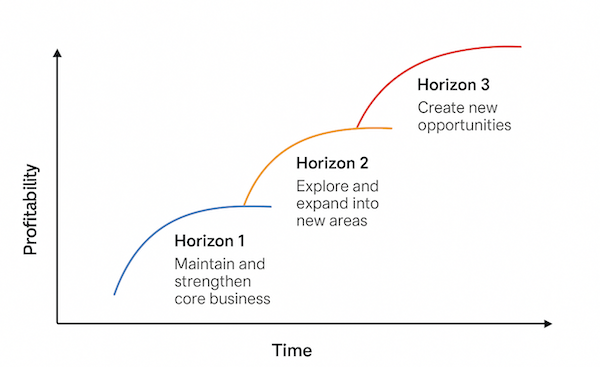Designing for What Your Strategy Demands
by Cesario Ramos.
You might think agility is something you apply uniformly. And if you are working in a large org, you have probably heard someone propose that “we all should have one way of working”. A standard way across the entire company.
I am here to share that, in my experience, this does not make much sense most of the time.
Different Flavours of Adaptability
Different parts of a business move at different speeds, operate under various constraints, and require different types of adaptability. Also, not all products are in the same phase. Some might be emerging, with lots of uncertainty, others might be ready for scaling up, and others are mature. All these differences require a different flavour of agile, in terms of adaptability, governance, budgeting, processes and structure.
What happens if you try to apply the same org design across all three? In my experience, it creates tension, slows learning, and often leads to average results everywhere.
So how to avoid designing them the same way? Strategic focus is the key driver for the whole org design, second to that is the growth phase of your product.
Let me explain.
Three-Horizon Model
The Three-Horizon Model, first shared by McKinsey consultants Baghai, Coley, and White in 1999, is a helpful way to think about how businesses grow. It describes three stages: new businesses, fast-growing businesses, and well-established businesses. Each stage needs a different kind of adaptability and a different way of organizing the company.

Source: McKinsey – 3 Horizon Model: Baghai, Coley, and White
Let’s break this down:
Emerging Business: Explore the Future
- Strategic Focus: Uncover new options, test the unknown
- Type of Adaptability: High uncertainty, fast learning
- Design Implications:
- Loosely coupled teams
- Option thinking, not full-scale execution
- Lightweight governance and short feedback cycles
These are your innovation labs, early product bets, or exploratory markets. They need freedom and speed, not a quarterly roadmap and OKRs.
Rapidly Growing Business: Build and Scale
- Strategic Focus: Expand validated opportunities
- Type of Adaptability: Learning from growth
- Design Implications:
- Capability development becomes critical
- Investment budget and clear metrics
- Stable cross-functional teams aligned to value areas
Here, organizations need to scale without losing the agility that made them successful in the first place. Clear decision-making, adaptive budgeting, and alignment around customer-facing capabilities are essential.
Mature Business: Optimize and Defend
- Strategic Focus: Drive profitability and efficiency
- Type of Adaptability: Stable execution with local improvements
- Design Implications:
- Strong planning and operational discipline
- Clear roles, efficient processes
- Performance metrics around cost, reliability, and throughput
In these areas, agility means precision, consistency, and continuous improvement.
The Shift That Makes an Impact
Design each part of your organization based on its strategic focus.
- Not every team needs the same kind of agility.
- Not every domain needs the same kind of structure.
- And not every part of the business evolves in the same way.
First identify the orgs dominant strategic focus (product, customer, operational). Second, evaluate the phase of product development you are in. Then, using systemic approach align the Star Model components (structure, processes, people, metrics, rewards) to support it aligning the overall strategy with the product group strategy. When done well, this creates an adaptive system where different business areas evolve together.
To conclude
In my work with organisations using the Creating Agile Organisations (CAO) approach, I kept encountering this recurring pattern. I figured out that it aligned closely with the “One-size-fits-all agility” that might look efficient on a slide. But in practice, it limits growth, slows learning, and introduces friction. Instead, design and evolve your organization to match the strategic needs of each part of your business.